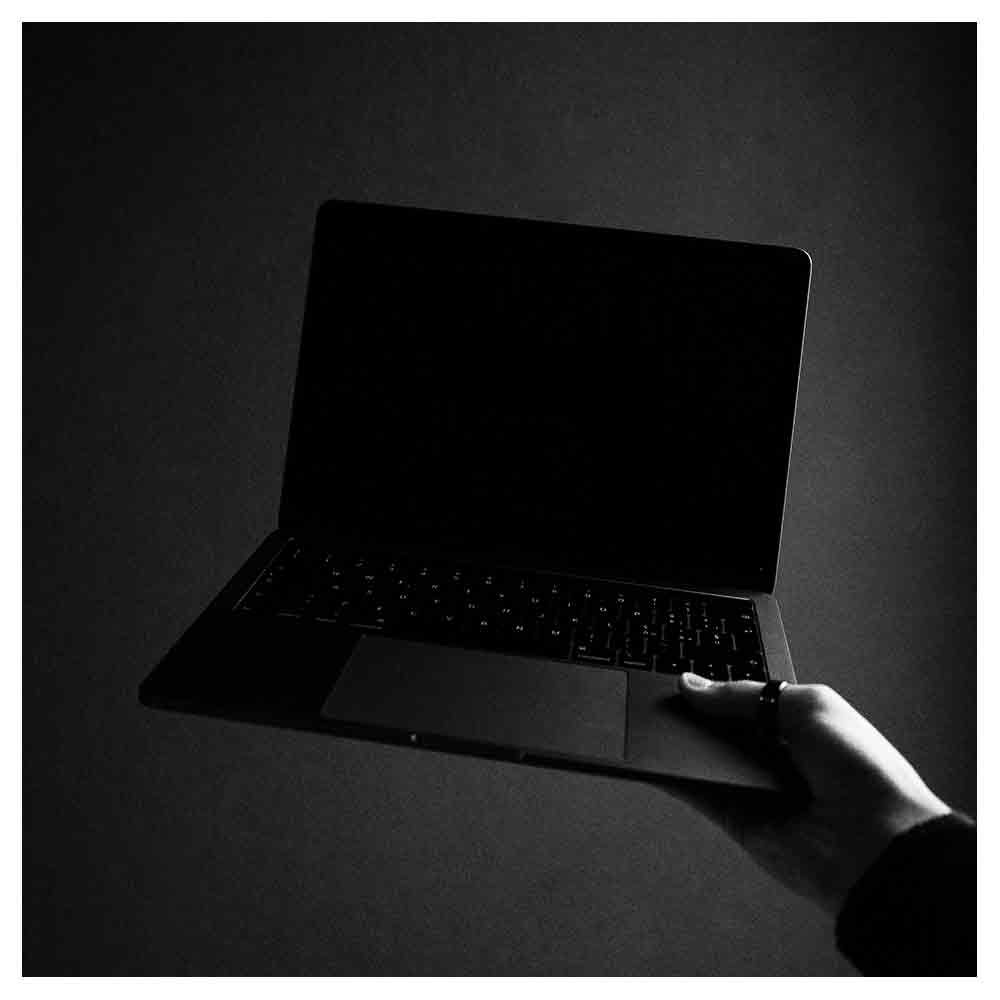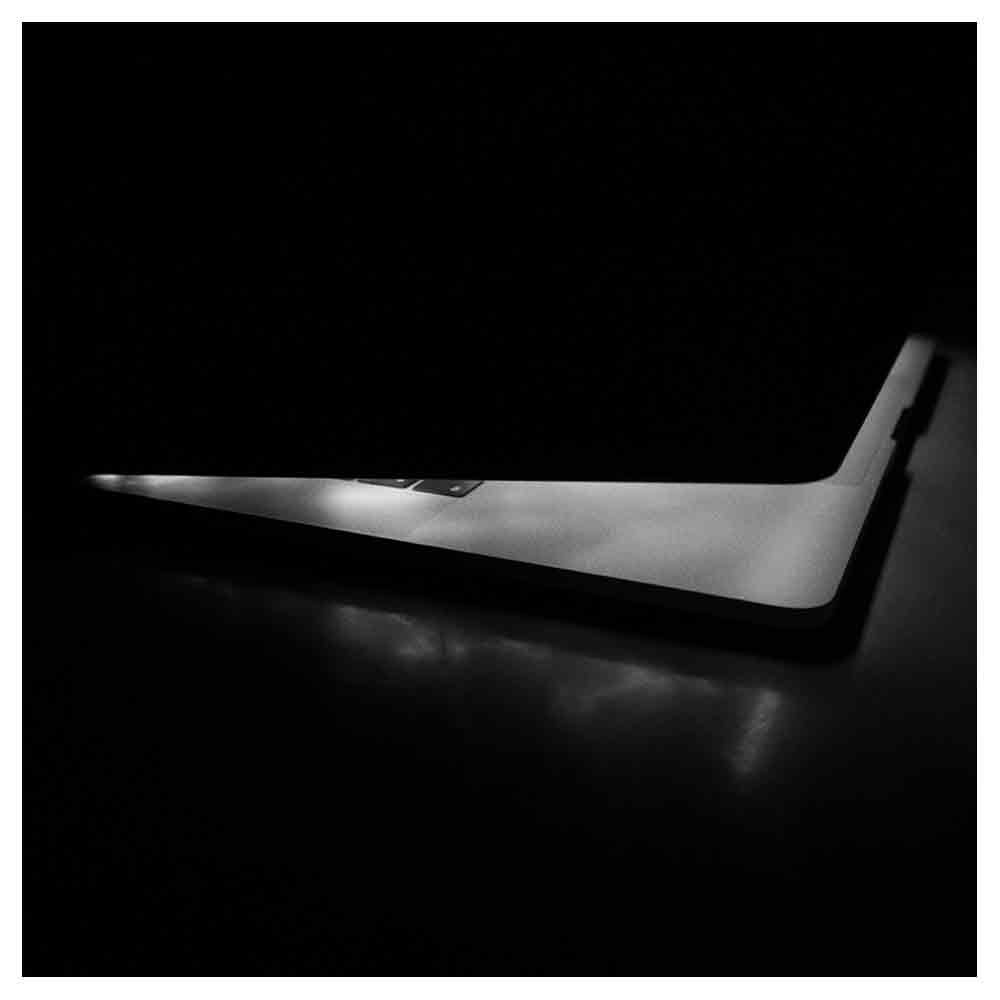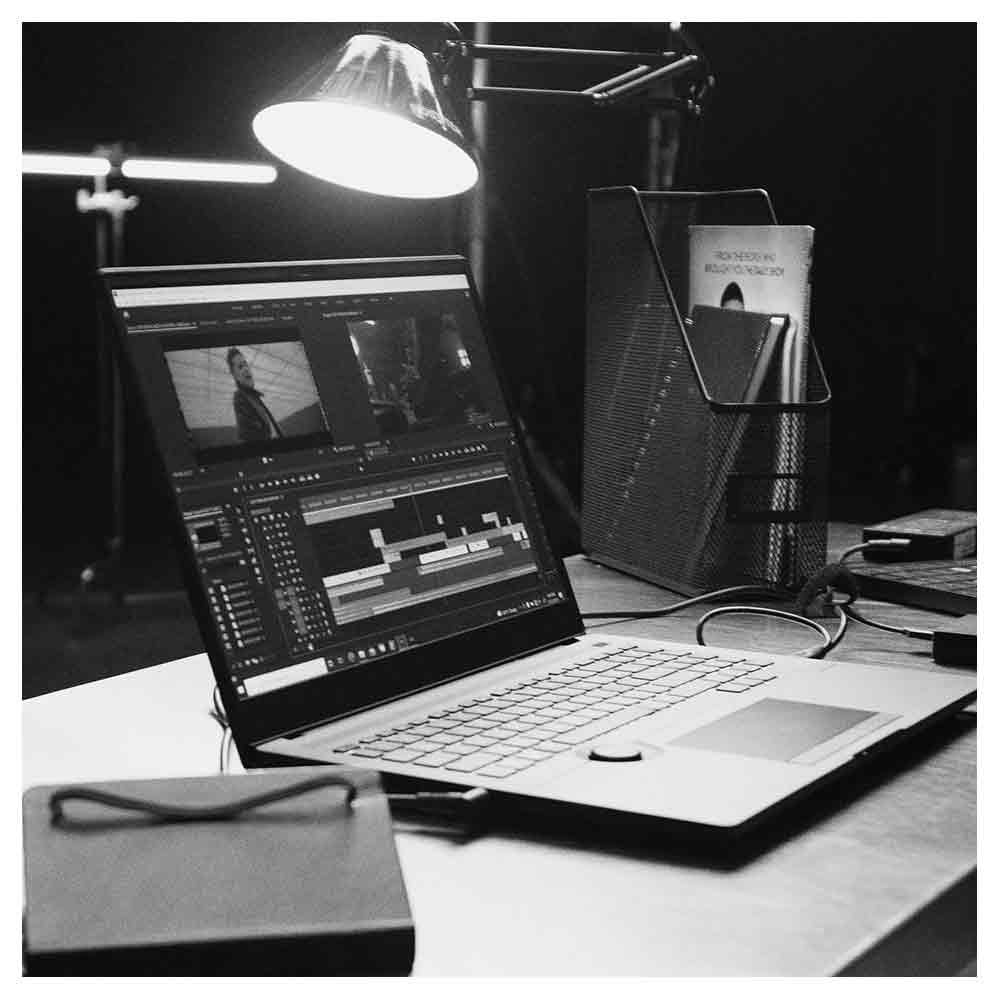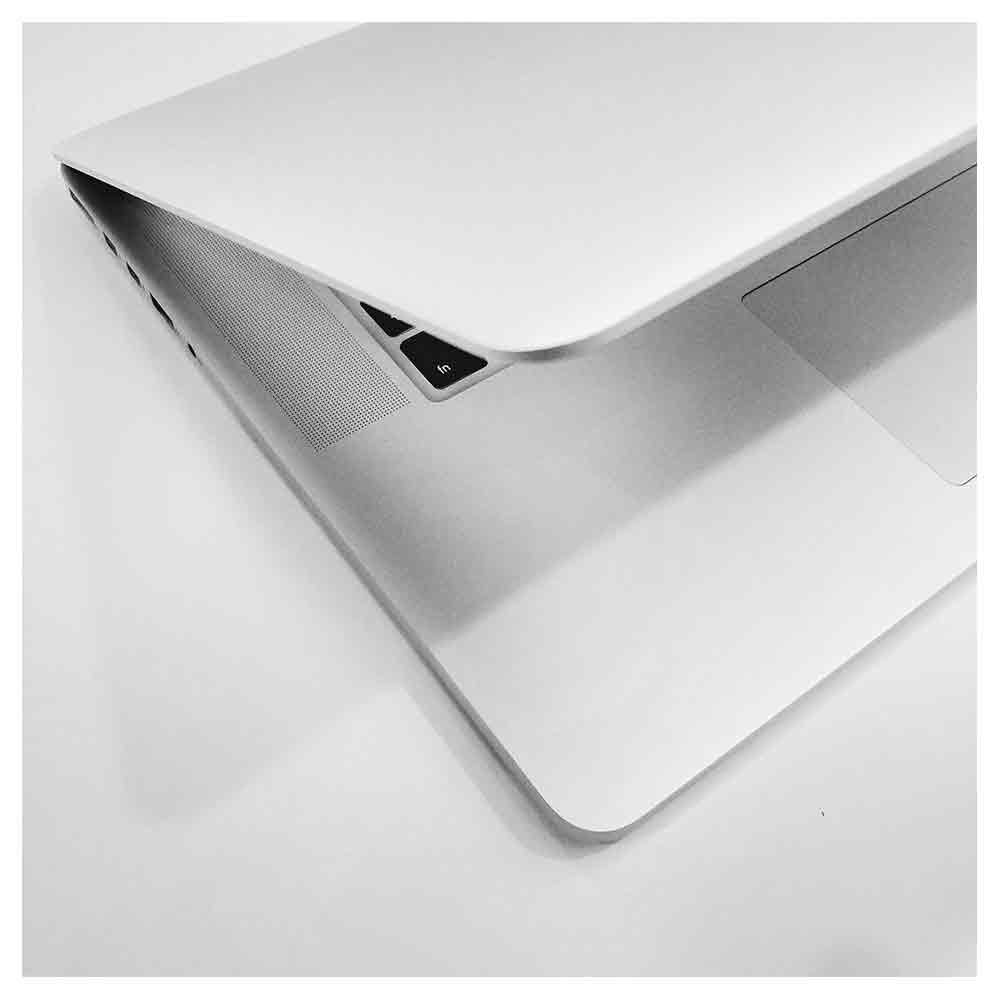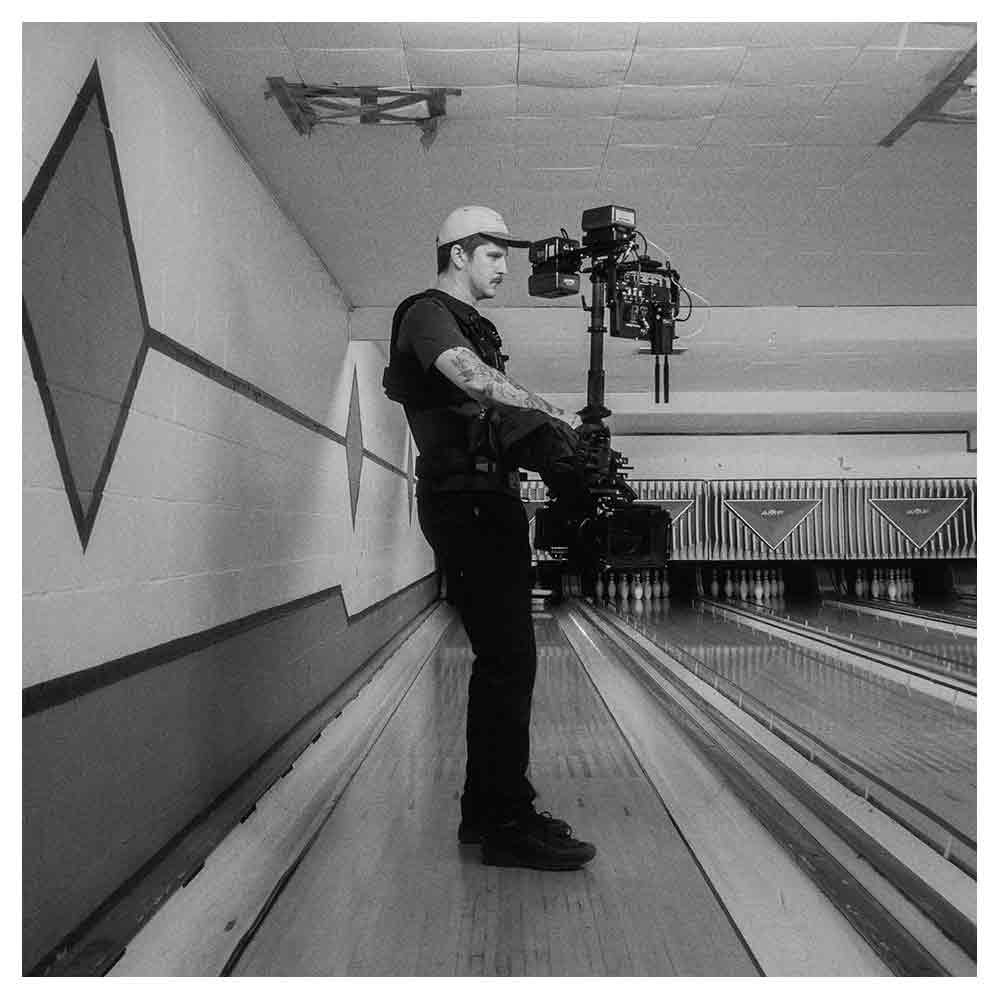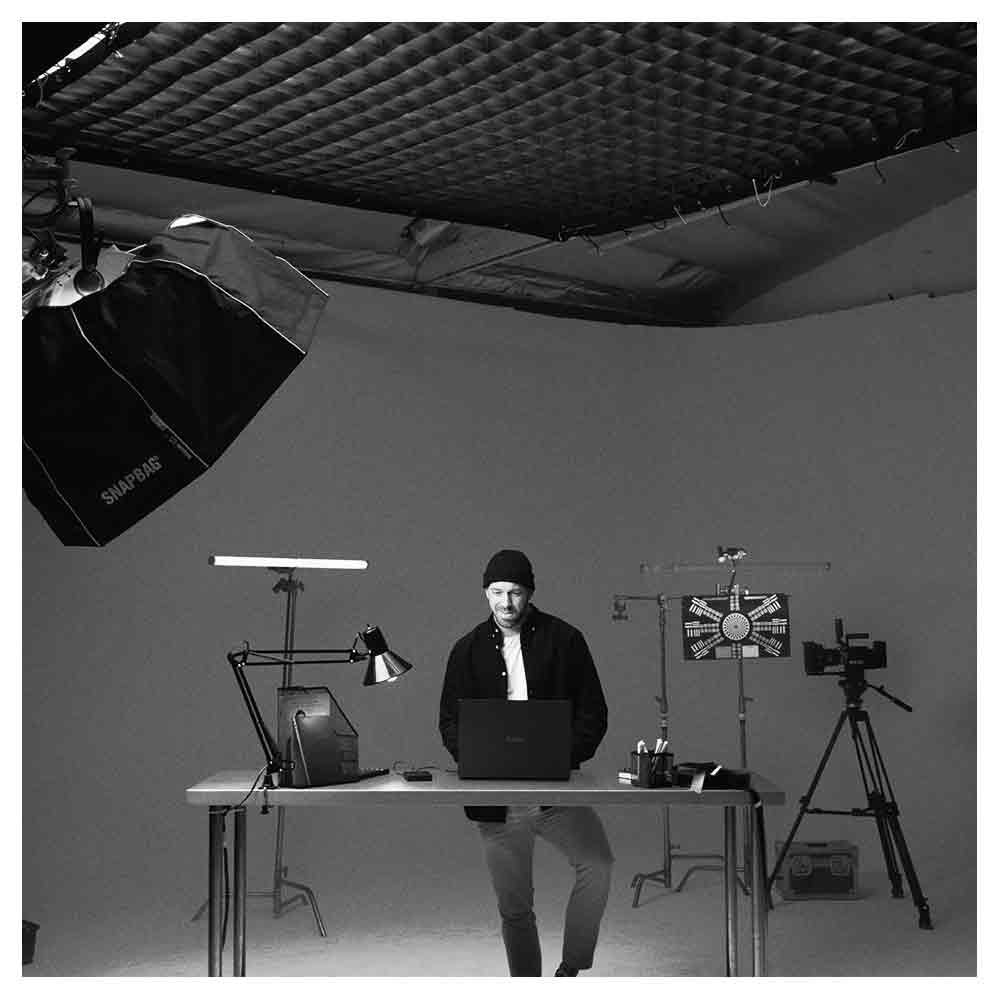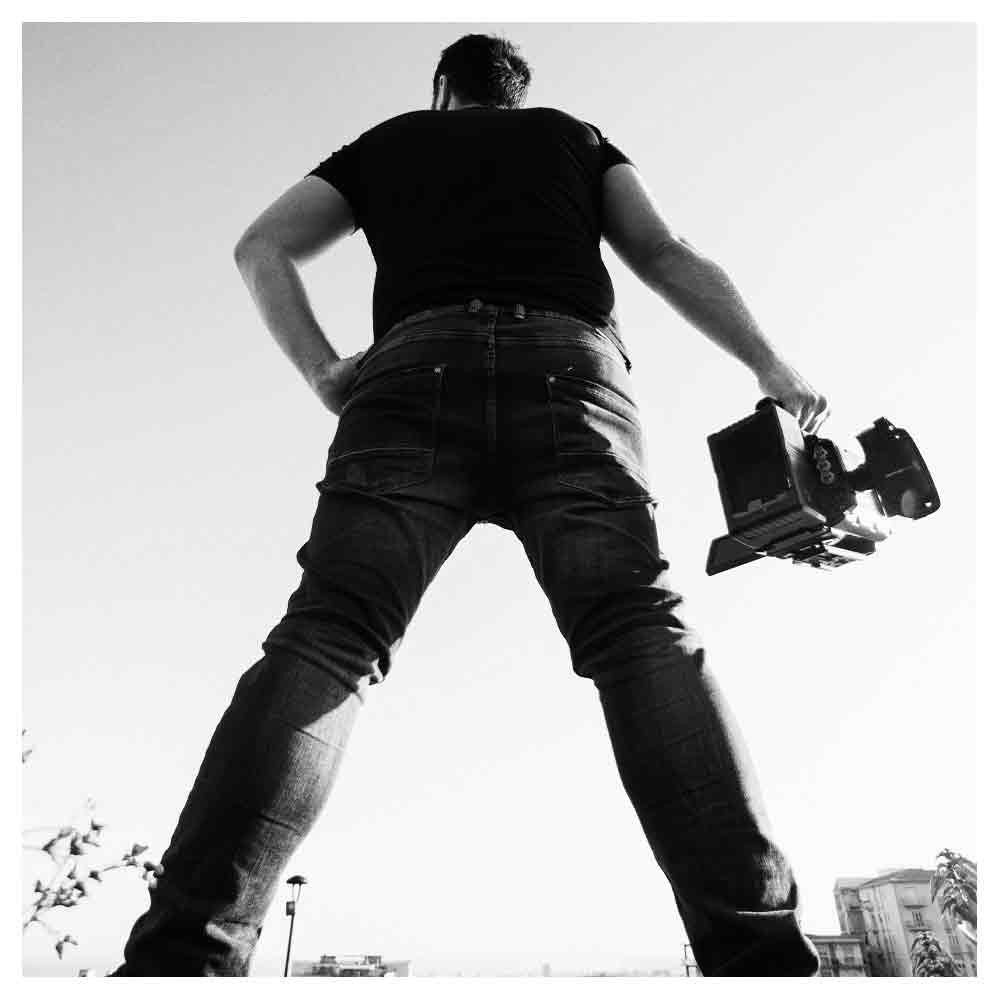3 Reasons Why You Need A Behind The Scenes Video
In my opinion, many filmmakers are not using behind-the-scenes (BTS) videos to their advantage. A missed opportunity to promote themselves, their artistic capabilities, and their project!
To help you better understand why you should always have a behind-the-scenes video or at least a few behind-the-scenes photos, I will outline the advantages of this type of content below and how you and your project can benefit marketing and business-wise.
What is a behind-the-scenes video?
A behind-the-scenes video is a documentary-style video that tells the story or gives a glimpse of how a project was created.
It shines a light on the people who crafted the final result and the challenges the filmmakers had to overcome to make the project come to life.
Back in the day, behind-the-scenes videos used to be a bonus feature on the DVD or Blu-Ray. Nowadays, every project can have a behind-the-scenes video as part of an EPK (Electronic Press Kit) to help promote the final result.
What does a behind-the-scenes video include?
There are no official guidelines for what a behind-the-scenes video should include. Content making can come in many creative forms and consist of whatever the creator thinks is necessary.
Generally, a behind-the-scenes video includes footage captured on set, interviews, and other exciting aspects of the production.
It can consist of footage of the scriptwriting, storyboarding, planning, equipment preparations, location scouts, filming, editing, sound designing, sound mixing, test screenings, the red carpet premiere, fun facts, bloopers, outtakes, juicy anecdotes, and more.
A captivating story in the behind-the-scenes video is the most effective way to capture people’s attention.
In my experience, incorporating a few interviews with the primary decision-makers, like the director, producer, cinematographer, and cast helps create a cohesive narrative in the video.
Three reasons why you need behind-the-scenes videos
Why is having a behind-the-scenes video so important, you might ask? To help you better understand, I’ve outlined three reasons below why you always need a behind-the-scenes video.
a behind-the-scenes video is the ultimate filmmaker’s marketing tool.
Because there are so many people working in the film industry these days, so many businesses offer the same services as you do. What makes your business unique compared to all the others? That’s YOU!
You are a service-based company, so why would you hide the process of providing that service to your clients?
Showing new potential clients your face, your workflow, and how you’ve overcome challenges in the past will help build trust and gain a deeper understanding of the level of quality and work experience someone can expect from you if they hire you for their project.
You can use the behind-the-scenes video, stills, and making-of photos in press kits as promotion tools on social media and interviews and showcase them on your website.
For social media, you can cut the making-of video into multiple sections and turn them into short snippets to maximize the time you can engage with a potential audience.
When you submit your project to film festivals, they always ask for behind-the-scenes (BTS) videos and on-set photos. I believe behind-the-scenes content is essentially the ultimate filmmaker’s marketing tool!
A behind-the-scenes video is the ultimate marketing tool for your film.
People love seeing how things are made. Discovery Channel even has a TV show called 'How It's Made!' People love seeing how stuff is created, something they usually don't get to see.
In business marketing, this is called exclusivity, and most people love getting exclusive looks at something. The folks at Netflix know this and make good use of it.
Almost all their latest hit series include 30-60 minute behind-the-scenes documentaries to keep you engaged on their platform and build more hype around their shows.
It also works the other way around. When people discover how and why something is made, they can be more interested in watching the initial project. It's a form of content marketing. It helps promote the final result without screaming, 'you should watch this!'
Peter Jackson uploaded these production diaries to his YouTube channel to build momentum and market awareness during the making of 'The Hobbit' trilogy.
He allowed his audience to follow him on the journey and gave them an exclusive insight into the world of Middle Earth while recording.
Sharing video fragments, photos, clips, posters, and stills and making videos on social media channels helps spark people's interest in the project and, hopefully, will drive them to see it!
A behind-the-scenes video helps to establish trust.
When it comes to getting new business, people love buying from people. People want to connect to other people, not companies, and establish a relationship of trust before they trust you with their production budgets.
Being transparent and showing who you are and how you work is an excellent way to build that bond of trust before you even have the first meeting.
When you’re honest about your work and how you and your team handle potential challenges, you give potential clients peace of mind.
Over the years, I’ve heard people say, “Yeah, but they can do it for half that budget.” In my experience, you can justify the cost much easier if you can show people how you work and the amount of creative thought and man-hours involved.
I think you should never reduce your price because someone else can do it for less. The value you deliver comes with a cost; a great behind-the-scenes video can help you with that!
How to make a behind-the-scenes video?
Catching the answers to the six questions below from the primary decision-makers will usually form an excellent BTS video framework.
Who?
Who created the project? Who was involved in bringing the project to life? If the project involves superstars or celebrities, you definitely want to try and catch an interview with them on camera.
Ask them about their roles, how they got on board the project, and how they experienced the shoot.
Best-case scenario, they like the behind-the-scenes video and share it via their social media outlets which means free exposure for your project!
What?
What is the project about? What sparked the idea for this particular project? What is the story or vision behind the project? What do the filmmakers want to communicate with the audience?
Why?
Why was this project created? What was the motivation behind the project? Why did the filmmakers use specific tools, locations, actors, or techniques? Every stylistic choice should have an explanation behind it, which you must find answers to.
Where?
Where was the project filmed? Did this location come with any particular limitations or challenges the filmmakers had to overcome?
Every project and location is different and unique and comes with unique difficulties for which the filmmakers must find creative solutions.
When?
When was the project shot? Was it during a specific moment in time? For example, during the corona lockdowns, which brought new restrictions to production? Did the timing of the shooting come with any production hassle that had to be conquered?
How?
How was the project created? How did the film departments collaborate on the project and combine their diverse skill sets?
How were the special tools and techniques used to develop specific shots? How did they use that new state-of-the-art camera equipment for the first time?
Final thoughts on Behind the scenes videos
For every project I'm directing, I try to get a behind-the-scenes (BTS) cameraman and/or photographer on board the crew. In most cases, I pay for these people myself and edit the content they shoot.
Not only does this allow me to control the outcome creatively, but it's way easier to get a photographer or videographer on board who only has to hang out on set and capture beautiful images without editing the raw material.
On the film set, it's just one extra mouth to feed, and in most cases, you can even get a trainee on board or somebody who likes to gain some film set experience.
Everything is already set up. They just need to capture the action in front of them. You don't need the latest expensive RED or ARRI camera to shoot a cool behind-the-scenes project. Just a simple DSLR camera and a proper microphone will do the job.
If I didn't find a videographer to shoot a BTS video, I would try a photographer to take some photos. If I can't find a photographer, I give my DSLR to a production assistant and ask them to take a few shots of me and my team in the heat of the moment.
Not taking the effort of shooting this making-of content does not outweigh the benefits and added value of having a great set of extra marketing tools to promote yourself, your business, and your project!
Frequently Asked Questions About Behind-the-Scenes Videos (FAQs)
Why are behind-the-scenes videos popular?
Behind-the-scenes videos are popular because they provide an inside look at the production process and offer fans and viewers a deeper understanding and appreciation of the final product.
They can also be a valuable marketing tool, helping to generate buzz and build excitement for a film or TV show.
Who makes behind-the-scenes videos?
Behind-the-scenes videos are typically produced by the studio or production company behind the film or TV show.
The marketing department may create them, the post-production team, or a dedicated behind-the-scenes crew.
How are behind-the-scenes videos used in marketing?
Behind-the-scenes videos are often used as a marketing tool to build buzz and excitement for a film or TV show.
They may be released on social media, the studio's website, or as part of a press kit for journalists and bloggers.
They can also be used as bonus features on DVD and Blu-ray releases and may be screened at film festivals or other industry events.
What kind of information can be found in a behind-the-scenes video?
Behind-the-scenes videos can provide a wealth of information about the production process, including interviews with the cast and crew, glimpses of the set and costume design, and footage of rehearsals and filming.
They may also offer insights into the director's vision for the project, the challenges and successes of the production, and other interesting behind-the-scenes stories.
How do behind-the-scenes videos benefit the audience?
Behind-the-scenes videos offer audiences a deeper understanding and appreciation of the production process and can provide valuable insights into the making of their favorite films and TV shows.
They may also offer a behind-the-scenes look at their favorite actors and give a glimpse into their personal and professional lives.
What are some examples of popular behind-the-scenes videos?
Some famous examples of behind-the-scenes videos include the "Making Of" documentaries that are often included on DVD and Blu-ray releases and the behind-the-scenes content that is often shared on social media and other digital platforms.
Other examples include the behind-the-scenes footage usually included in press kits and shown at film festivals and other industry events.
Can behind-the-scenes videos be used as educational tools?
Yes, behind-the-scenes videos can be used as educational tools for film and media studies classes or aspiring filmmakers and other professionals in the entertainment industry.
They can provide valuable insights into the production process and offer real-world examples of how films and TV shows are made.
What are some examples of behind-the-scenes videos that have been successful?
Some examples of successful behind-the-scenes videos include the "Making Of" documentaries for films like The Lord of the Rings trilogy and Avatar, as well as the behind-the-scenes content for TV shows like Game of Thrones and Breaking Bad.
These videos have provided valuable insights into the production process and helped generate buzz and excitement for the final product.

